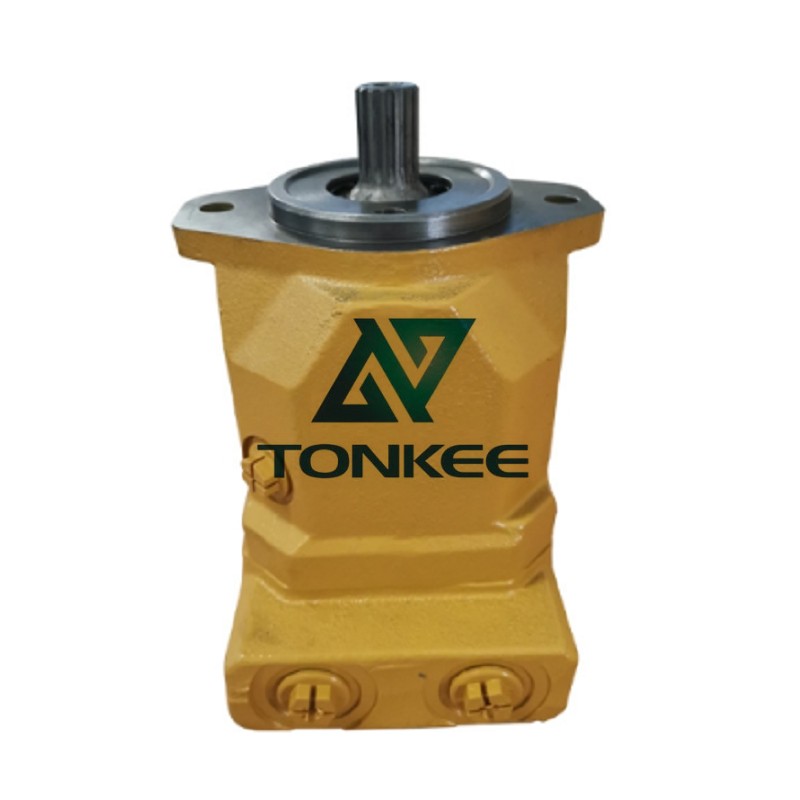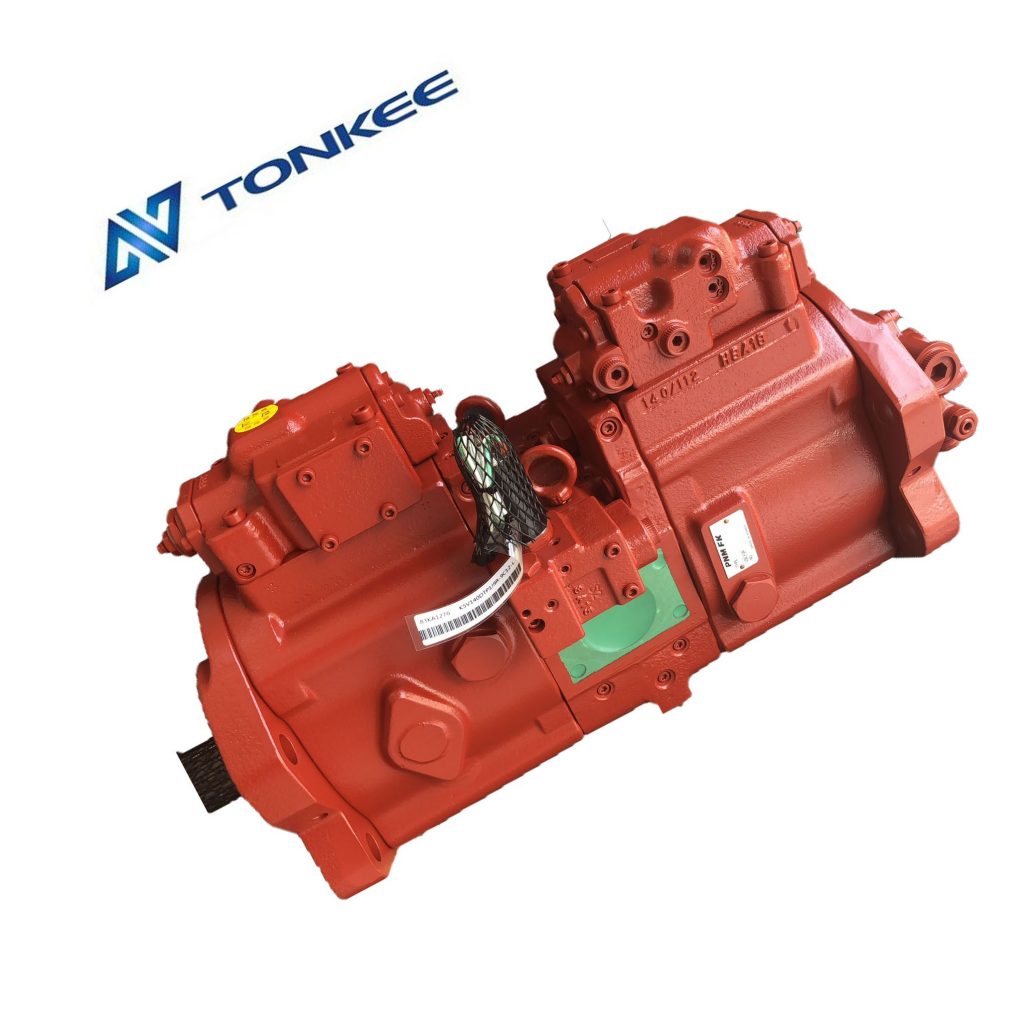
Type of Hydraulic Motor: Hydraulic motors come in various types, such as gear motors, vane motors, and piston motors.
The type of motor affects performance characteristics.
Displacement: Displacement represents the volume of fluid displaced by the motor per revolution and is typically measured in cubic inches or milliliters per revolution.
Maximum Speed: This specification denotes the motor's maximum rotational speed in revolutions per minute (RPM) and is essential for matching the motor to the application's requirements.
Maximum Torque: Torque is a crucial performance parameter, and it is usually expressed in pound-feet or Newton-meters. It describes the rotational force the motor can generate.
Efficiency: Hydraulic motors can have different efficiency ratings, and a high-efficiency motor is desirable for minimizing energy loss and maximizing output.
Operating Pressure: Hydraulic motors operate within specific pressure ranges, often denoted in pounds per square inch (PSI) or bar. The operating pressure affects the motor's performance and lifespan.
Mounting Configuration: Different applications require specific mounting configurations, such as flange or shaft mounts, and this aspect can significantly impact the motor's suitability.
Fluid Compatibility: Hydraulic motors are designed to work with specific hydraulic fluids, and it's crucial to ensure compatibility with the fluid used in your system.
Direction of Rotation: Some hydraulic motors can rotate in both directions, while others are unidirectional. The ability to reverse rotation can be essential for certain applications.
Environmental Considerations: Depending on the application and environment, motors may need to meet certain standards for temperature tolerance, resistance to corrosion, and other factors.
Noise Level: Some applications require motors with reduced noise emissions, and noise levels can be an important specification.



 English
English Русский язык
Русский язык




